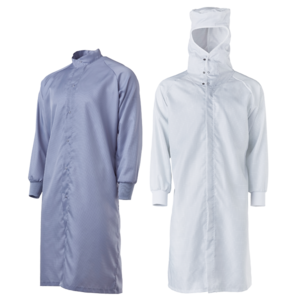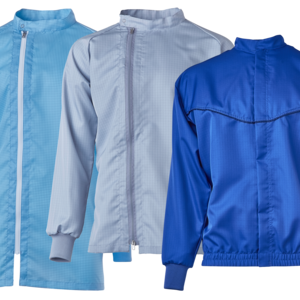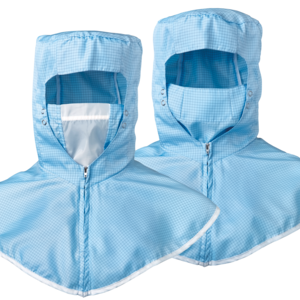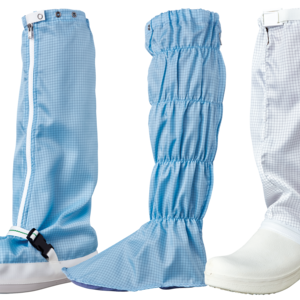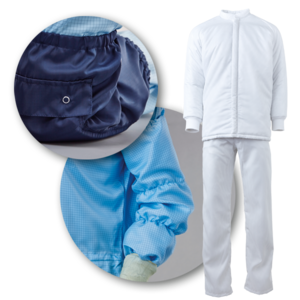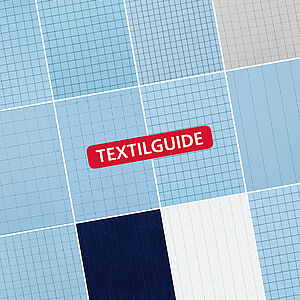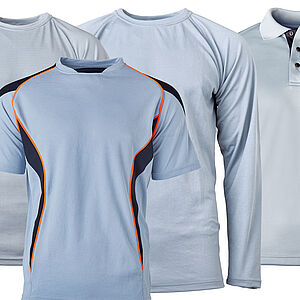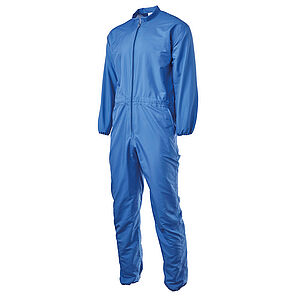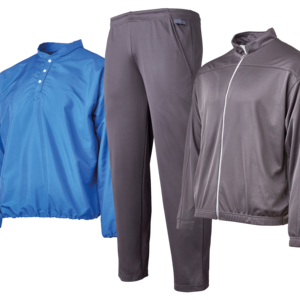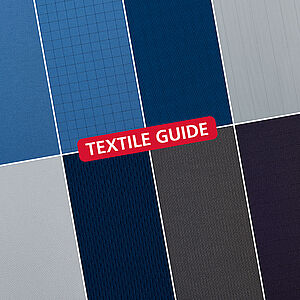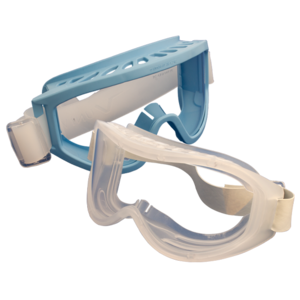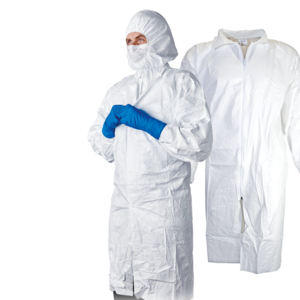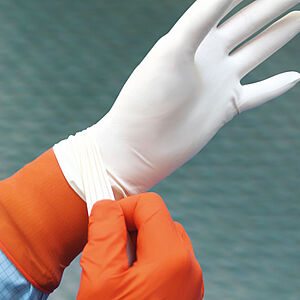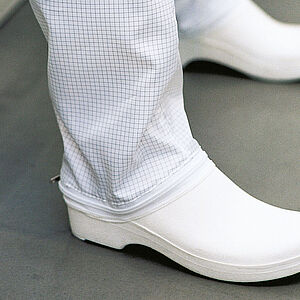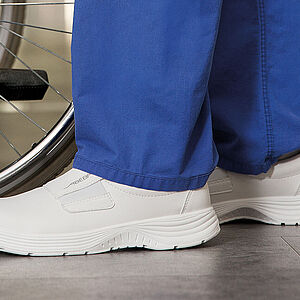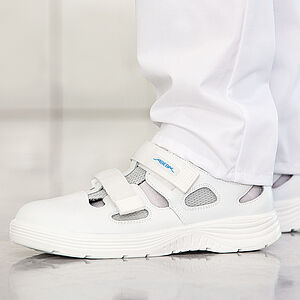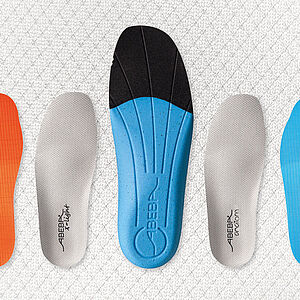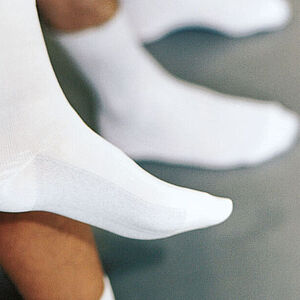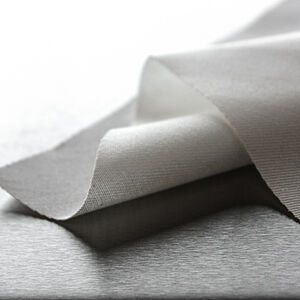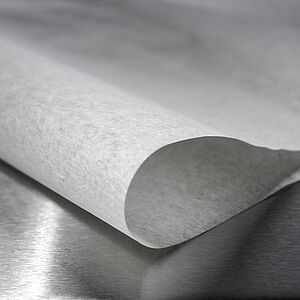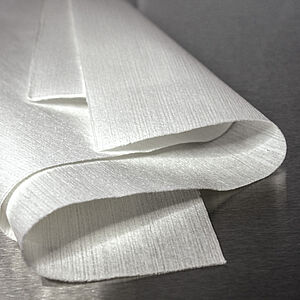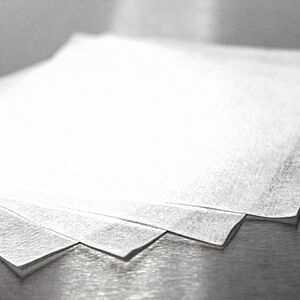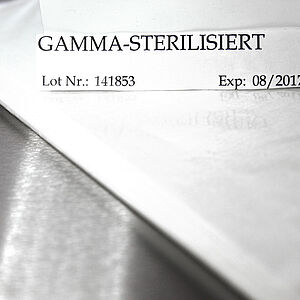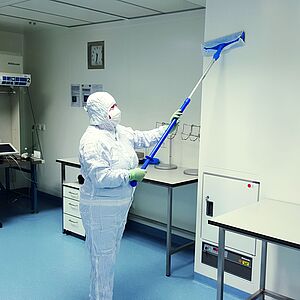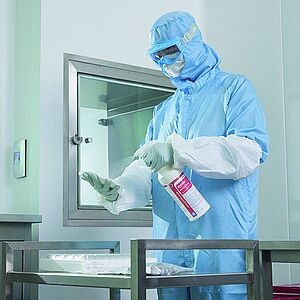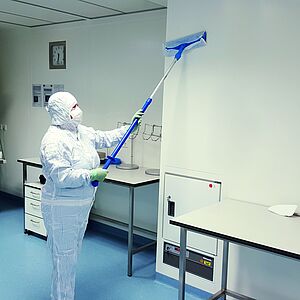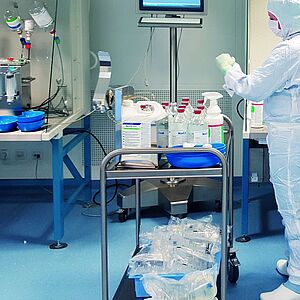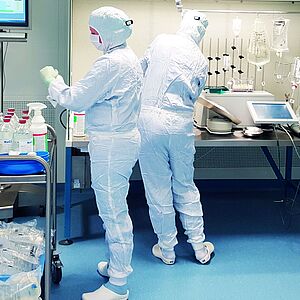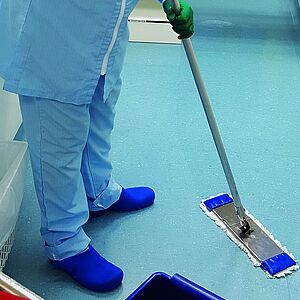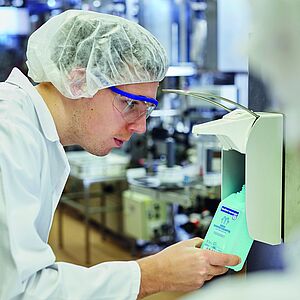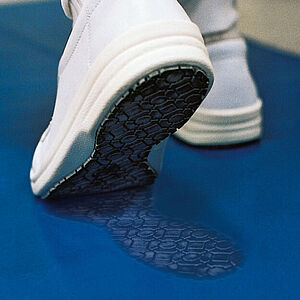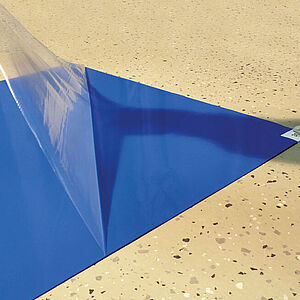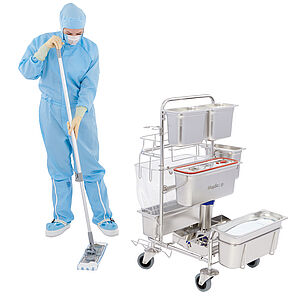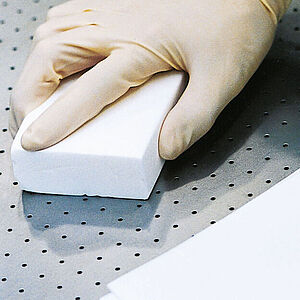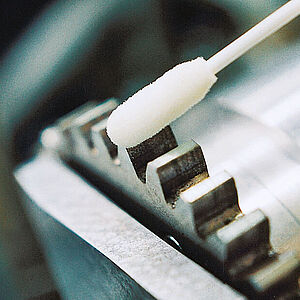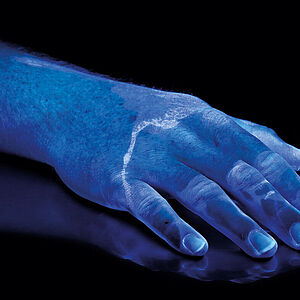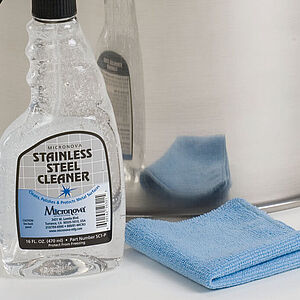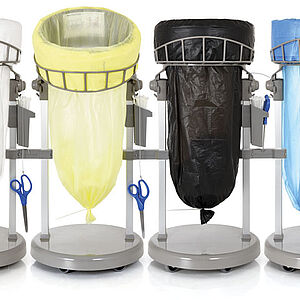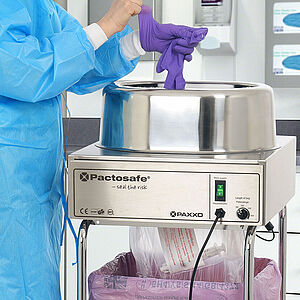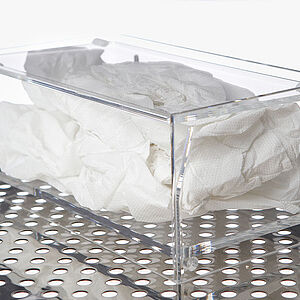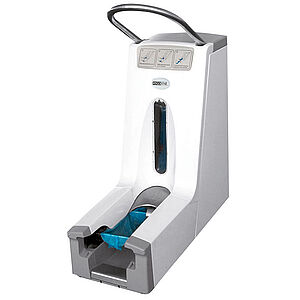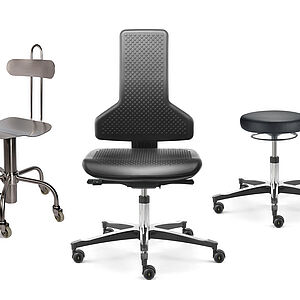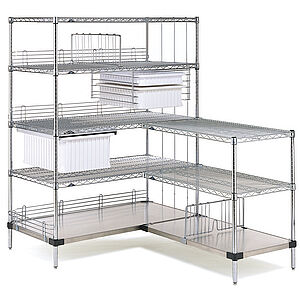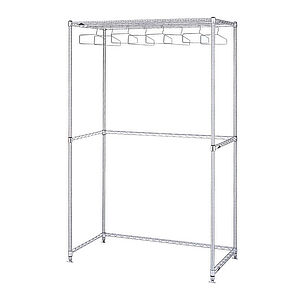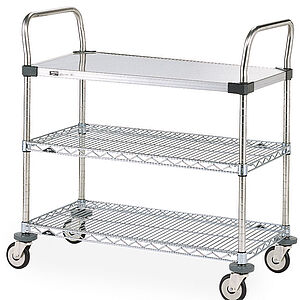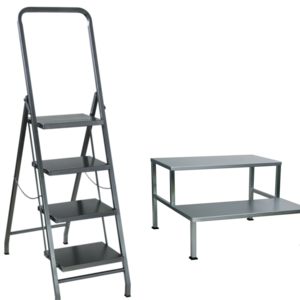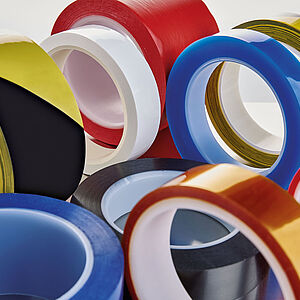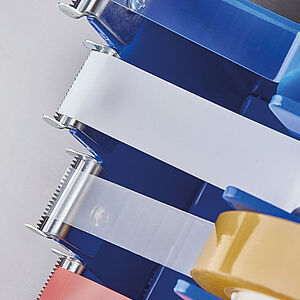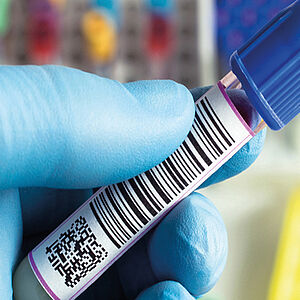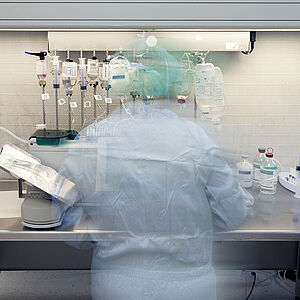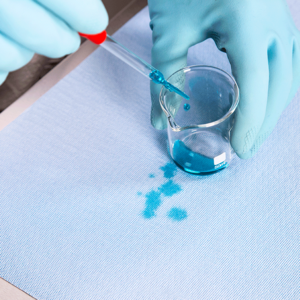The cleanroom fabric DASTAT-C is a very robust textile that has proven itself over many years. An average particle retention capacity and acceptable values in the area of abrasion resistance are paired with good breathability and a very pleasant feel (haptics).
As the conductive fibres only run in one direction, DASTAT-C is not recommended for higher requirements regarding antistatic/electrostatic discharge (ESD). However, there is no reason why DASTAT-C should not be used in hygiene zones C or D and in cleanrooms of class ISO 7 to 9.
Fabric properties Important properties at a glance
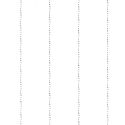
- LAir Permeability
- TWearing comfort
- PParticle retention capacity
- EElectrostatic behaviour
- AAbrasion resistance
Available colors

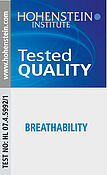
Product recommendation based on cleanroom classes
Air cleanliness class EN ISO 14644-1
particulate monitored areas
Hygiene zones according to GMP
microbiologically monitored areas
Technical data
| (3) Fabric | 99% polyester, 1% carbon |
|---|---|
| (3) Distances of the electrically conductive yarn | in warp at 8 mm intervals |
| (3) Weave type | plain weave |
| (3) Conductive material/yarn | carbon fibre, sandwich construction |
| (3) Mass per unit area | approx. 121 g/m2 |
| (1) Air permeability according to DIN EN ISO 9237:1999-12 at 200 Pa | 36.5 L/(dm2 x min) |
| (2) Water-vapour resistance DIN EN ISO 11092:2014-12, Ret = m2 Pa/W | Ret 2.57 (very good) |
|
(1) Particle retention capacity (VDI 3926)against airborne particles Test duration: 60 minutes Raw gas concentration: 25 mg/m3 |
≥ 0.5 μm approx. 68% ≥ 5.0 μm approx. 80% |
| (1) Triboelectric behaviouraccording to DIN EN 1149-3 method 1 (ITV-TEV method) | sufficient |
| (3) Surface resistivity according to DIN EN 1149-1:2006-09Protective clothing - Electrostatic properties - Part 1: Test method | 107 - 109 Ohm |
| (1) Abrasion resistancereferring to DIN EN ISO 12947-4Martindale method - assessment of appearance change | average |
The above-mentioned data are the results of investigations carried out by neutral textile research institutes and our suppliers to the best of their knowledge. They are not specifications but typical values at the time of publication.
All statements are without guarantee and changes are possible without prior notice.
Due to different test methods depending on the respective manufacturers and test institutes, the majority of the stated values cannot be compared one-to-one with those of other cleanroom fabrics.
(1) Values determined by the Institute for Textile and Process Engineering Denkendorf
In May 2017 the ITV Denkendorf merged into the public trust DITF Denkendorf.
(2) Values determined by the Hohenstein Textile Testing Institute (HTTI)
(3) Manufacturer information
Test results after 50 decontamination cycles.
Synthetic fabrics can shrink up to 3% during the decontamination process.
If such a textile is additionally autoclaved, the shrinkage has an even stronger optical effect due to the associated formation of wrinkles.
Version 09/2019






